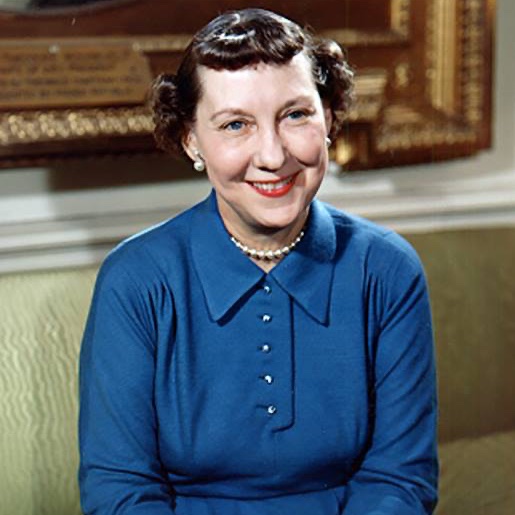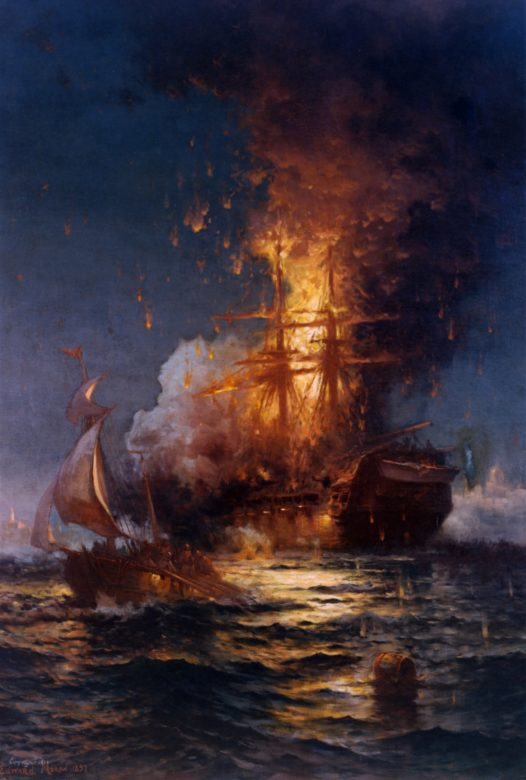Today marks the seventy-fifth anniversary of Germany’s unconditional surrender to the Allied powers on May 8, 1945—known as Victory in Europe or VE Day. #VEDay75
President Harry S. Truman addressed the nation: “This is a solemn but a glorious hour…General Eisenhower informs me that the forces of Germany have surrendered to the United Nations. The flags of freedom fly over all Europe.”
Image: National Archives and Records Administration
Image: National Archives and Records Administration

America was jubilant upon hearing the news, much-needed after the devastating passing of President Franklin D. Roosevelt only a few weeks earlier. Truman told the American people during his address, “I only wish that Franklin D. Roosevelt had lived to witness this day.”
Germany’s surrender was one cause for celebration that day—another was President Truman’s 61st birthday! On that rainy Tuesday, President Truman and his family were just beginning to settle down at the White House after moving in the evening before.
He is pictured here with his birthday cake. May 8, 1945, turned out to be a special day of personal and patriotic triumph for President Truman and the American people.
Image Credit: Harry S. Truman Presidential Library and Museum / NARA
Image Credit: Harry S. Truman Presidential Library and Museum / NARA

• • •
Missing some Tweet in this thread? You can try to
force a refresh





















